Cover image courtesy of Mariano Rodríguez Malebrán, one of the creators of this fantastic microscope
Intro
I bring to you an amazing cheap and powerful microscope called Micro-Hoek. It was created in the Biology Department of University of La Serena by Edgardo Mundaca Maldonado, Mariano Rodríguez Malebrán y Rodomiro Osorio Barahona and it has a digital manual of construction in spanish. It is under a Creative commons 4.0 (Attribution-NonCommercial-NoDerivatives 4.0 International) (CC BY-NC-ND 4.0). It was created to provide for the low income schools low cost microscopes. In the present post we are going to see the highlights for its building.
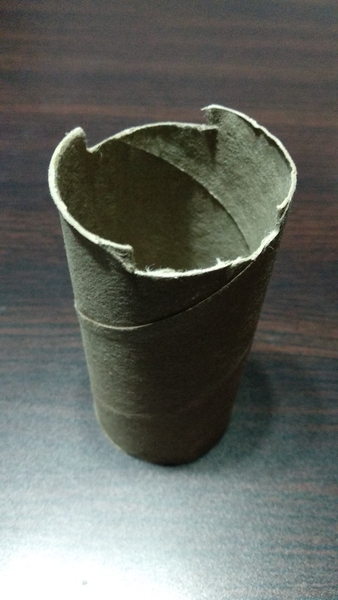
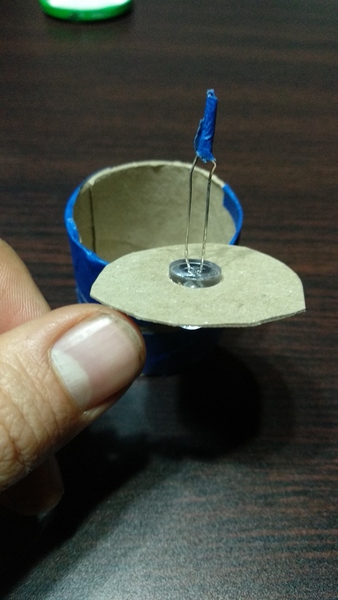
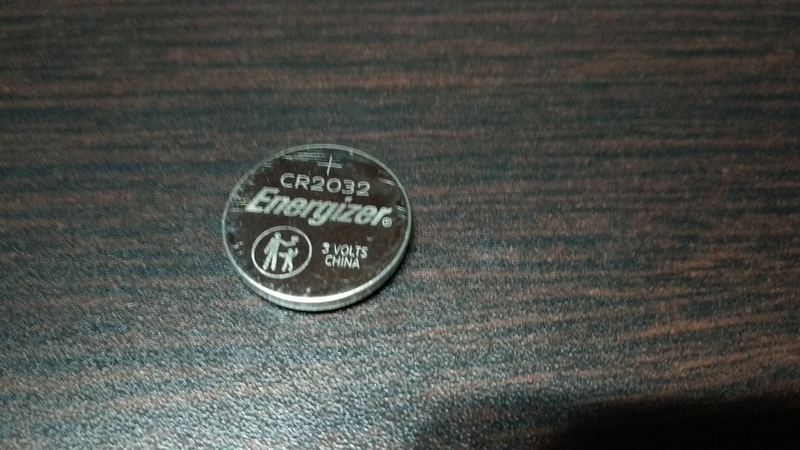
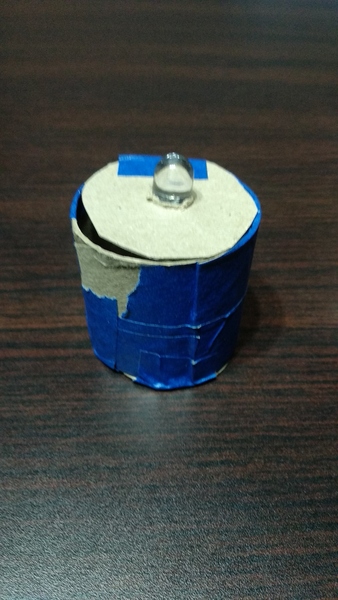
The problem 🔬 💰
One of the common problems in community science is the cost of hardware for measuring environmental variables. Especifically, some bioindicators are not visible at naked eye (for example: algae, protozoans, etc.), then some instruments like microscopes are needed to detect its presence. Commercial microscopes could cost between 60-700 USD, that is unaffordable especially in low income countries.
The answer 💡
The micro-Hoek microscope is builded almost completely with recycled materials. You only need:
- Lens from a CD or DVD reader without use, this hardware is commonly discarded as electronic waste
- CR2032 3v coin battery, you can get it from an old computer motherboard, or buy it
- Toilet paper tube (2)
- Ice cream stick or hair grip could be useful also
- White LED
- Tape Please, see the images in the spanish manual, the building procedure is very intuitive.
Conclusions
The micro-Hoek microscope is an amazing tool to observe bioindicators as algae and protozoans. These living beings are very informative about the environmental state of aquatic environments. Also, you could see some animal and plant tissues which is very important for the teaching of biology. The additional value of this tool is to get value from the obsolete hardware, reducing the electronic waste on the planet.
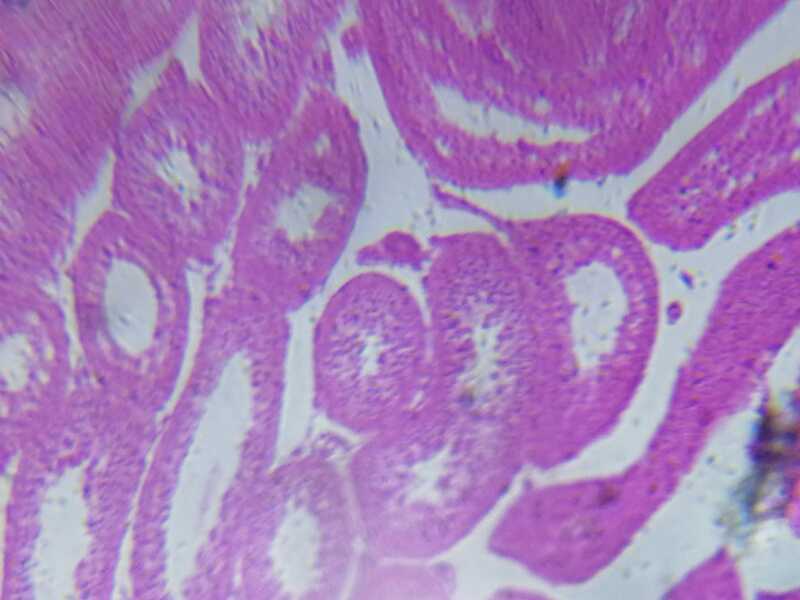 Animal tissue images taken by the Micro-Hoek, courtesy of Mariano Rodríguez Malebran
Animal tissue images taken by the Micro-Hoek, courtesy of Mariano Rodríguez Malebran
Final thoughts 💭
Please, tell us what you think about this tool. If you build it and observe interesting things, share some photos.

10 Comments
Having trouble with the "digital manual of construction in spanish". For whatever reason, the link doesn't work here. Could you please post the internet address? Thank you.
Is this a question? Click here to post it to the Questions page.
Thanks for let me know. Please try with this link...
https://www.researchgate.net/publication/343539752_Micro-Hoek_Manual_de_Construccion
Reply to this comment...
Log in to comment
Yes, that did it! Thank you very much. Only did a quick once over of the diagrams. It looks like they take the focusing lenses out of a CD drive and attach it ( via a popsicle stick) to a phone camera. That is then put over the slide which is over the light source. Got some more head scratching to do to figure it all out. Thank you again.
Reply to this comment...
Log in to comment
Very helpful video on the lens removal. Thank you.
Reply to this comment...
Log in to comment
@bronwen Check this out!
Reply to this comment...
Log in to comment
Found another good example. It's from six years ago on the PBS series "Gross science". The title on youtube is "See microbes with this DIY phone microscope". It gives a good cheap example of a phone microscope,as well as some references. Just another place to go, if interested!
wow! I saw the video! It is very interesting how she uses transparent plastic as a slide and coverslip.
Reply to this comment...
Log in to comment
I did this!
Here's a photo of my microscope in action (without the smartphone, because I needed it to take the photo...). The tiny yellow-ish specks on the plastic slide are grains of flower pollen.
And here's what the pollen grains look like under the microscope! These photos are from my smartphone fitted with the discarded lens. Some of the pollen grains have had their contents smushed out of them, so they appear lighter-colored and more transparent.
Is this a question? Click here to post it to the Questions page.
Reply to this comment...
Log in to comment
Very impressive! Which plastic lens did you use? The one from the computer drive or the one from a laser pointer? Thank you!!
Is this a question? Click here to post it to the Questions page.
Thanks @Ag8n! I ended up using a lens from an old laser pointer after discovering that the CD/DVD drive lens was really small (only a couple millimeters across).
Reply to this comment...
Log in to comment
Login to comment.